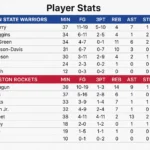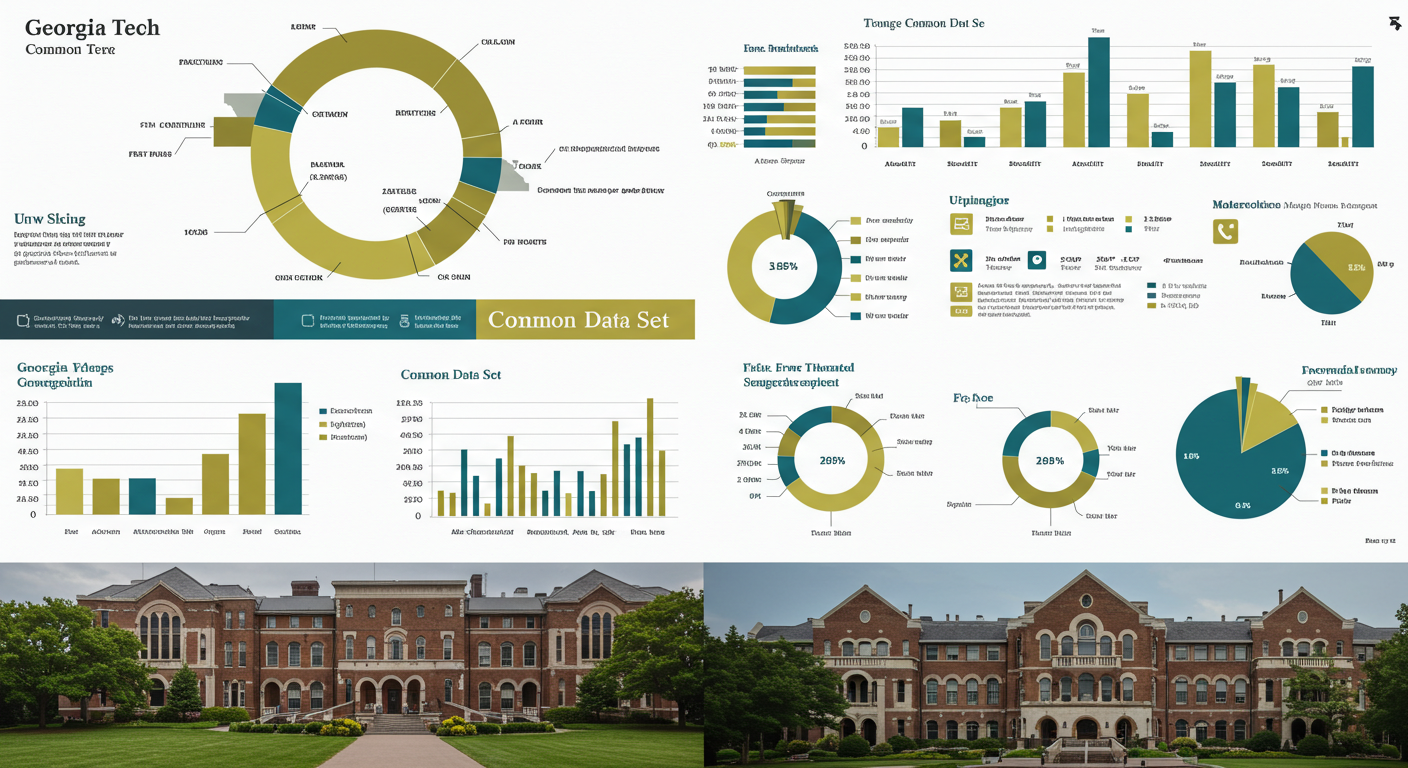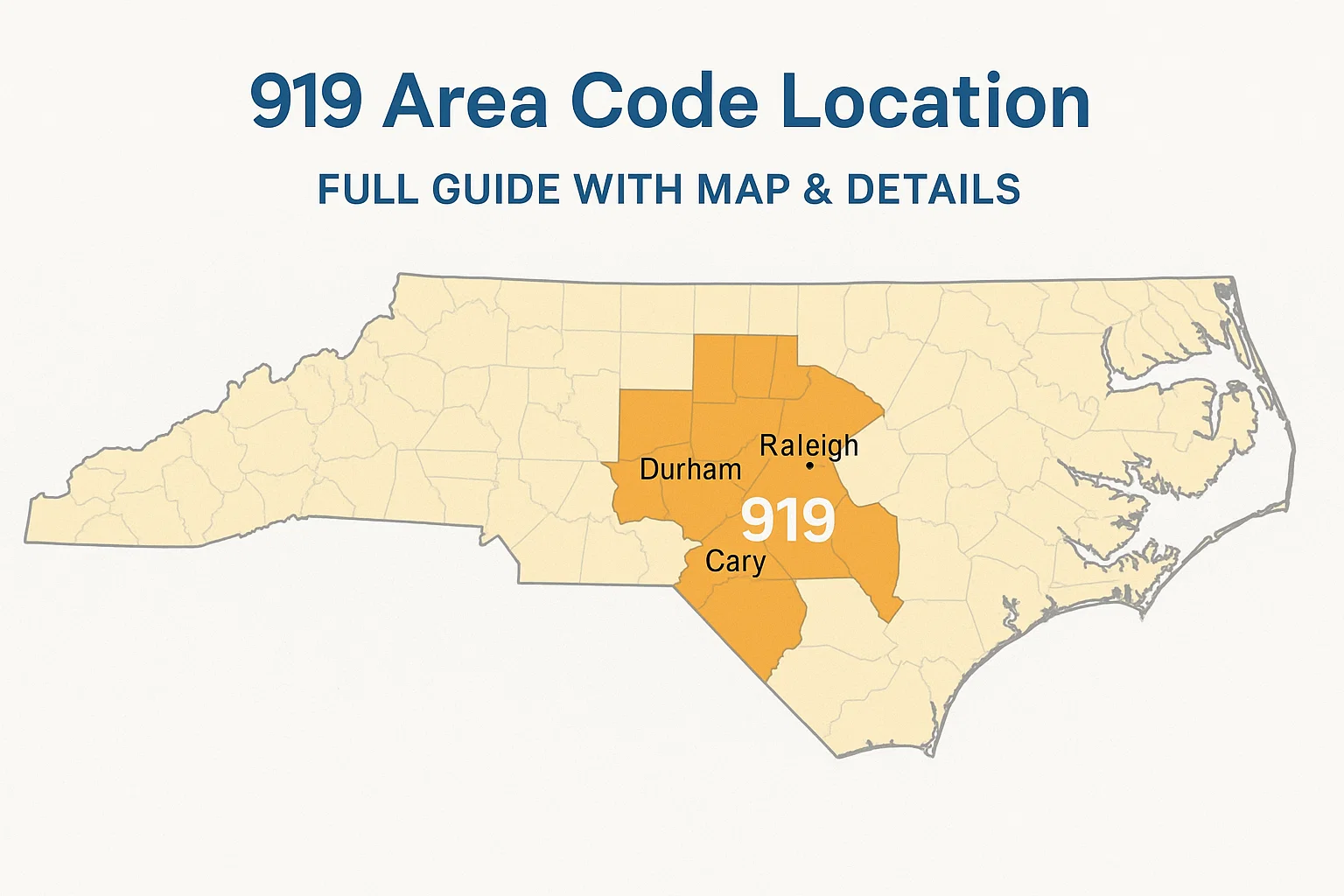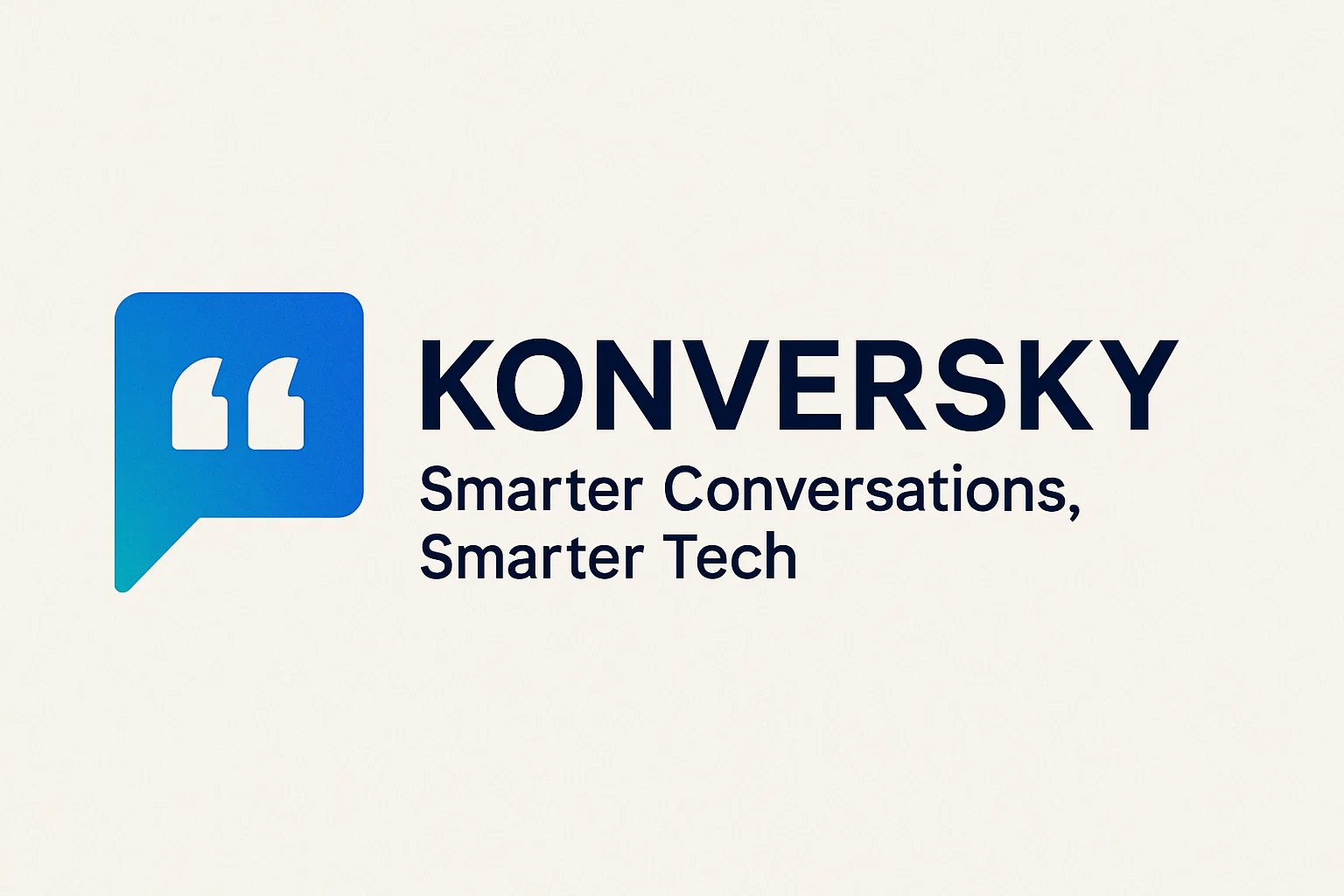The Georgia Tech Common Data Set (CDS) is a critical tool for students, parents, educators, and researchers seeking an in-depth understanding of Georgia Institute of Technology’s academic offerings, admissions trends, financial aid details, and student demographics. As a standardized dataset developed through a collaborative effort between higher education institutions and publishers, the CDS offers reliable and transparent data designed to improve the quality and consistency of information reported about colleges and universities.
Ray-Ban Meta Smart Glasses Review: The Perfect Blend of Style and Technology
1. What is the Common Data Set (CDS)?
The Common Data Set (CDS) initiative is a collaborative effort among data providers in the higher education community and publishers such as the College Board, Peterson’s, and U.S. News & World Report. The aim is to improve the quality and accuracy of information shared about postsecondary institutions. The CDS format ensures data is presented consistently across institutions, enabling fair comparisons.
2. Why the Georgia Tech CDS Matters
The Georgia Tech Common Data Set is especially important for:
-
Prospective Students and Parents: Understanding acceptance rates, academic standards, and financial aid opportunities.
-
College Counselors: Comparing Georgia Tech with other universities.
-
Researchers and Analysts: Using standardized data to perform educational research.
-
Educational Planners: Gaining strategic insights into enrollment trends and institutional priorities.
3. Overview of Georgia Tech
The Georgia Institute of Technology, located in Atlanta, Georgia, is a globally recognized public research university, particularly esteemed for its engineering, computing, and business programs. Founded in 1885, Georgia Tech consistently ranks among the top 10 public universities in the United States.
-
Undergraduate Enrollment: Approx. 17,000
-
Graduate Enrollment: Approx. 23,000
-
Acceptance Rate (Recent): Around 16%
-
Campus Size: 400+ acres
-
Carnegie Classification: Doctoral Universities – Very High Research Activity
4. Key CDS Sections Explained
General Institutional Information
This section outlines Georgia Tech’s mission, contact details, Carnegie classification, and institutional control (public or private). Georgia Tech is a public, coeducational research university offering degrees from the bachelor’s to doctoral levels.
Enrollment and Persistence
This section includes:
-
Enrollment by Gender and Ethnicity
-
Retention Rate
-
Graduation Rate
In recent years, Georgia Tech has reported a first-year retention rate of over 97% and a six-year graduation rate exceeding 90%, showcasing its strong academic support system.
First-Time, First-Year Admissions
The admissions section is often the most reviewed by applicants. It includes:
-
Number of applicants
-
Number accepted and enrolled
-
SAT/ACT ranges
-
High school GPA ranges
-
Admissions policy (holistic review, early action)
Georgia Tech is highly selective, with admitted students often ranking in the top 10% of their high school class.
SAT Middle 50%: 1380–1540
ACT Middle 50%: 31–35
Average High School GPA: 3.95+
Transfer Admissions
This outlines data on students transferring from other colleges, including requirements, credit policies, and statistics.
Georgia Tech accepts a limited number of transfer students, particularly from Georgia state institutions and through the GT Pathway program.
Academic Offerings and Policies
This section highlights:
-
Degree programs
-
Special study options (honors programs, co-ops, ROTC)
-
Study abroad and distance learning
-
Academic calendar (semester system)
Georgia Tech is known for its strong co-op and internship programs, especially in STEM fields.
Student Life
Student life data includes:
-
Housing options
-
Percent of students living on-campus
-
Campus safety and wellness initiatives
-
Extracurricular activities
Roughly 40% of undergraduates live on-campus, and student organizations exceed 400, offering a vibrant community life.
Annual Expenses
Costs detailed in the CDS include:
-
Tuition and fees
-
Room and board
-
Books and supplies
-
Other expenses
Estimated annual cost (in-state): ~$29,000
Estimated annual cost (out-of-state): ~$50,000
Financial Aid
Georgia Tech provides details on:
-
Types of aid awarded
-
Number of students receiving aid
-
Average financial aid package
Though Georgia Tech is a public institution, it offers competitive merit-based scholarships and need-based aid.
Faculty and Class Size
The CDS lists:
-
Student-faculty ratio: 19:1
-
Percentage of classes with fewer than 20 students: ~35%
-
Faculty credentials and teaching responsibilities
Despite being a large research institution, Georgia Tech maintains moderate class sizes in many programs.
Degrees Conferred
Georgia Tech confers degrees across various disciplines, with the most popular majors including:
-
Engineering (various branches)
-
Computer Science
-
Business Administration
-
Biological Sciences
-
Industrial Design
5. Georgia Tech Admissions Data Analysis
The Georgia Tech Common Data Set provides valuable insight into how competitive admissions have become. Over the past decade, applications have increased significantly, while the acceptance rate has dropped. The academic profile of admitted students continues to rise, indicating growing prestige.
Trends worth noting:
-
Strong preference for Georgia residents due to state policy
-
High yield rate among top students
-
Popularity of early action over regular decision
6. How to Interpret CDS Information
While the CDS is full of valuable data, it requires careful interpretation:
-
Look at ranges instead of averages for test scores.
-
Understand that numbers vary year to year, especially with test-optional policies.
-
Check retention and graduation rates as key indicators of student satisfaction and institutional support.
7. Trends Reflected in Georgia Tech CDS
a. Growth in Engineering and Computer Science
Georgia Tech’s strongest areas, with increasing student enrollment and employer demand.
b. Increasing Diversity
Georgia Tech has made progress in enrolling underrepresented minorities and first-generation college students.
c. Research and Innovation Focus
A rise in research funding and partnerships with industry reflects Georgia Tech’s expanding impact.
d. Demand for Co-Op and Internship Opportunities
Students are drawn by Georgia Tech’s ability to connect them with real-world experience before graduation.
8. Tips for Using the CDS for College Planning
-
Use the Georgia Tech CDS as a baseline for comparing similar institutions.
-
Review the admissions section carefully if you’re applying, particularly GPA and test score ranges.
-
Look into financial aid data to understand your potential aid eligibility.
-
Use class size and faculty ratio stats to evaluate your desired learning environment.
9. Comparing Georgia Tech to Peer Institutions
The Georgia Tech CDS allows direct comparison with similar institutions like:
-
University of California, Berkeley
-
University of Michigan
-
MIT (Massachusetts Institute of Technology)
-
Carnegie Mellon University
-
University of Illinois Urbana-Champaign
By comparing CDS data points (admissions, financial aid, tuition), prospective students can make informed decisions about fit and value.
10. Conclusion
The Georgia Tech Common Data Set is a powerful resource that provides unparalleled transparency into the university’s operations, student body, and academic environment. Whether you are a prospective applicant, college counselor, or data analyst, the CDS can answer your most pressing questions and help you make better-informed decisions.
By examining enrollment statistics, academic profiles, cost of attendance, and other critical metrics, you gain a holistic view of Georgia Tech’s strengths and challenges. It remains one of the leading institutions in the U.S. for STEM education, innovation, and student success.
11. Frequently Asked Questions (FAQ)
Q1: Where can I find the official Georgia Tech Common Data Set?
A: Georgia Tech typically publishes its CDS on the Office of Institutional Research website each year.
Q2: How current is the CDS data?
A: The data is updated annually, usually reflecting statistics from the most recent academic year.
Q3: Is the Georgia Tech CDS test-optional?
A: Georgia Tech currently uses a test-required policy for Georgia residents and test-optional for out-of-state applicants, subject to change.
Q4: What’s the most competitive major at Georgia Tech?
A: Computer Science and Biomedical Engineering are among the most selective due to high applicant volume and academic rigor.
Q5: Does the CDS reflect international student data?
A: Yes, it includes figures on international applicants, enrolled students, and aid awarded.
Q6: How can I use the CDS for admissions planning?
A: Review past admissions data to benchmark your own academic performance and plan strategically (e.g., applying Early Action).
Q7: Are extracurriculars considered in Georgia Tech admissions?
A: Yes, Georgia Tech uses a holistic review process that considers academics, extracurriculars, recommendations, and essays.
read more Utah Tech Basketball Rising Power in College Hoops










